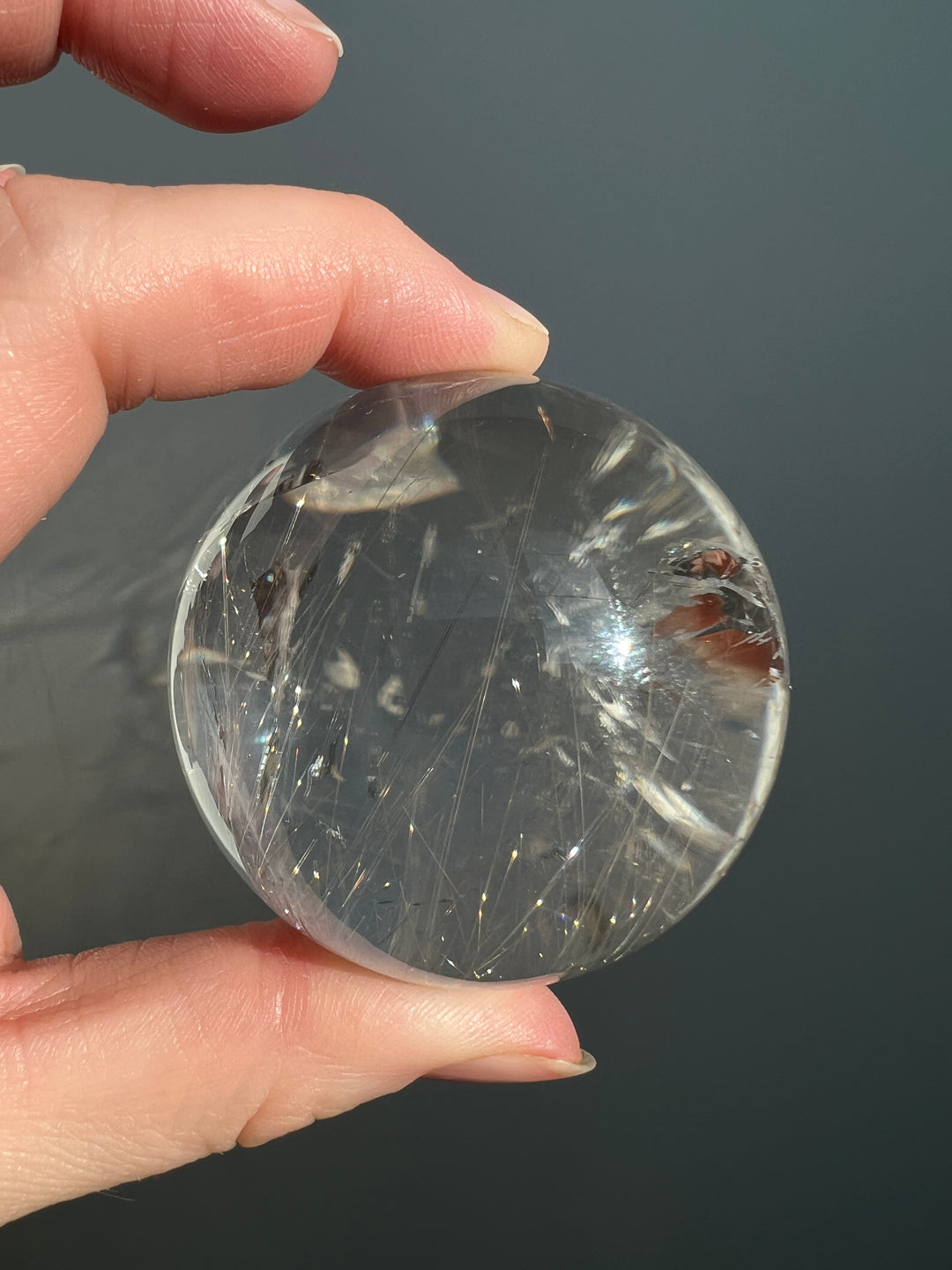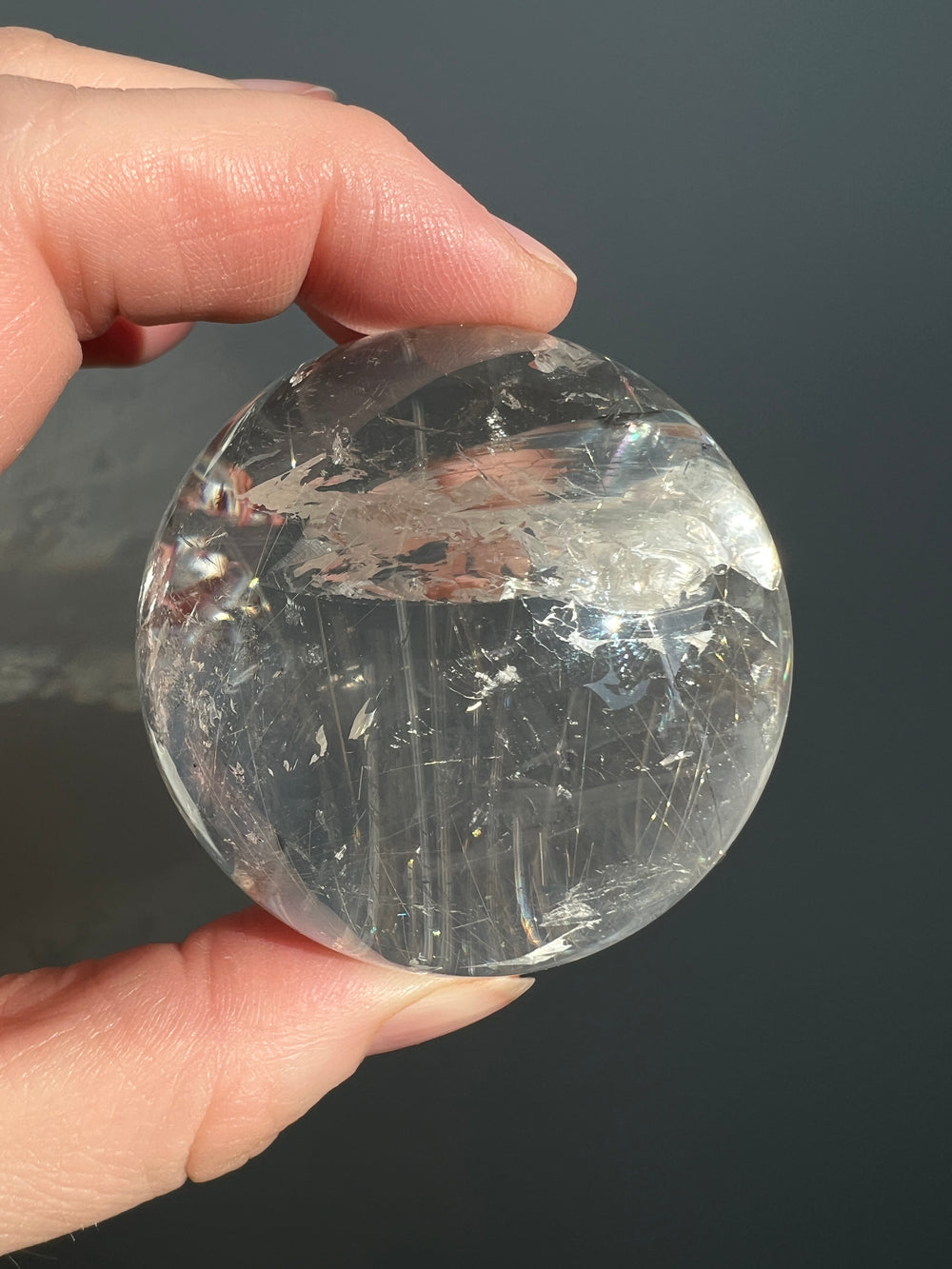Geological & Scientific Properties | Rutilated Quartz
Rutilated Quartz is a type of quartz that includes needle-like inclusions of rutile, a titanium dioxide mineral. These inclusions typically look like fine threads or hair, ranging in color from golden to reddish-brown, black, or rarely, greenish. Here's an overview of Rutilated Quartz's geological and scientific properties:
Chemical Composition and Structure:
- Composition: Rutilated Quartz is primarily silicon dioxide (SiO₂), like all quartz, with inclusions of rutile (TiO₂).
- Crystal System: Quartz crystallizes in the hexagonal system, while rutile crystallizes in the tetragonal system.
Physical Properties:
- Color: The quartz can be colorless, smoky, or very rarely, slightly yellow, while the rutile inclusions can range from golden to red-brown, black, or green.
- Hardness: It shares the same hardness as other quartz varieties, rating a 7 on the Mohs scale.
- Luster: Rutilated Quartz typically has a vitreous (glass-like) luster.
- Transparency: This variety of quartz can be transparent to translucent.
Optical Properties:
- Refractive Index: The refractive index of quartz is approximately 1.544 to 1.553, and rutile has a higher refractive index, generally between 2.583 and 2.905.
- Birefringence: Quartz exhibits birefringence, while the rutile inclusions often enhance the stone's overall appearance.
Geological Occurrence:
- Formation: Rutilated Quartz is found in various quartz deposits where conditions allow for the inclusion of rutile. This can occur in pegmatites, hydrothermal veins, and metamorphic rocks.
- Associated Minerals: It can be found alongside other minerals common in quartz-bearing environments.
Major Deposits:
- Significant sources of Rutilated Quartz include Brazil, Madagascar, Australia, Norway, and the United States, among others.
Rutilated Quartz is highly valued in the gem and mineral community for its unique beauty. The needle-like rutile inclusions create an appearance that can range from subtle to strikingly bold, making each piece unique. It's popular in jewelry and is also of interest for metaphysical enthusiasts, who attribute various healing properties to it, though these claims are not backed by scientific evidence. The combination of quartz and rutile brings together two minerals with very different properties, creating a beautiful and intriguing natural art form.









